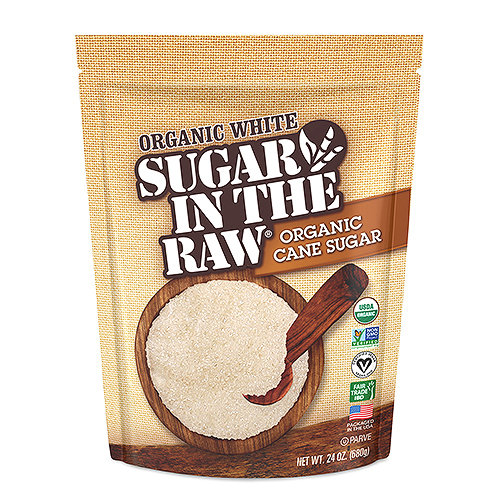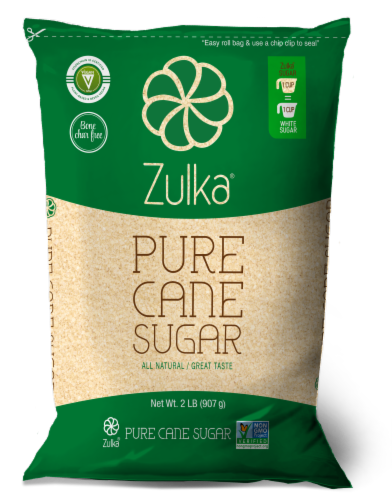Advanced Cane Sugar Processing: Enhancing Performance and Sustainability
Advanced Cane Sugar Processing: Enhancing Performance and Sustainability
Blog Article
Comprehending the Vital Methods and Technologies Used in Modern Walking Cane Sugar Processing
The development of walking stick sugar handling has actually been dramatically shaped by the combination of sophisticated strategies and innovations that attend to both performance and sustainability. As we explore these essential advancements, it ends up being crucial to examine how they not just enhance production yet additionally align with broader sector trends and consumer needs, increasing concerns about the future of sugar handling and its ramifications for worldwide markets.
Historic Context of Walking Cane Sugar Processing
The historical context of walking cane sugar handling exposes a rich tapestry of farming advancement and cultural exchange that has formed its advancement over centuries. Coming From Southeast Asia, sugarcane was grown as early as 8000 BCE - Cane Sugar Processing. The process of extracting and improving sugar obtained momentum in India, where methods for formation were improved around the 6th century. This expertise passed through to the Center East, and by the 12th century, sugar ended up being a valued commodity in Europe, bring about the facility of sugar plantations in the Mediterranean.

Advanced Removal Techniques
Performance in walking cane sugar extraction has seen considerable innovations, driven by the need for higher yields and lower manufacturing prices. This strategy not just raises sugar yield but also reduces the energy required for processing.
Additionally, the adoption of membrane layer filtration technologies, such as nanofiltration and reverse osmosis, has actually revolutionized the separation of sugar from impurities. These methods enable the selective permeation of sugar particles while preserving bigger impurities, simplifying the removal process and minimizing waste.
Moreover, the integration of continual removal systems has actually caused enhanced functional effectiveness. Cane Sugar Processing. These systems maintain a constant circulation of walking stick material, making sure ideal extraction conditions and reducing downtime associated with set handling
Innovative Refining Technologies
Refining strategies in walking cane sugar handling have actually gone through a transformative change, driven by the need for higher purity and improved item high quality. Among the most remarkable advancements is the adoption of membrane layer purification innovations, such as ultrafiltration and nanofiltration. These procedures efficiently get rid of pollutants and colorants without the demand for comprehensive chemical therapies, thereby protecting the sugar's all-natural flavor and boosting its appeal.
One more substantial development is the usage of ion exchange resins, which enable discerning removal of undesirable ions from sugar solutions. This modern technology not only raises the overall pureness of the end product yet also adds to decreased waste and ecological impact.
Moreover, advancements in adsorption methods, utilizing activated carbon and various other innovative materials, have actually proven reliable in decolorizing sugar services while keeping ideal quality. The combination of these innovative refining innovations makes certain that manufacturers can generate refined sugar with premium clarity and preference, fulfilling the progressing preferences of customers.
Automation and Control Equipment
Recent advancements in refining modern technologies have actually paved the way for significant renovations in automation and control systems within walking cane sugar handling centers. These systems make use of innovative software program and hardware to enhance operational performance, reduce human error, and ensure check my blog regular item top quality.
Modern automation incorporates different elements, including sensors, actuators, and programmable reasoning controllers (PLCs), making it possible for real-time surveillance and control of essential procedures. For example, temperature, pressure, and flow rates can be specifically controlled during extraction, clarification, and formation phases, enhancing performance and decreasing waste.
In addition, advanced information analytics and artificial intelligence algorithms play a critical role in predictive upkeep, permitting drivers to anticipate tools failures prior to they happen. This proactive strategy not only reduces downtime however also expands the lifespan of equipment.
Additionally, automation promotes the application of Industry 4.0 principles, encouraging sugar mills to accomplish greater connection and data exchange throughout processes. As an outcome, decision-making ends up being even more educated and dexterous, eventually enhancing the total competitiveness of walking stick sugar production. With these innovations, the sector is well-positioned to meet expanding worldwide demands while maintaining operational excellence.
Sustainability Practices in Sugar Manufacturing
Sustainability practices in sugar manufacturing have come to be progressively essential as the market seeks to balance financial practicality with ecological duty. As consumer understanding grows relating to the ecological impacts of farming practices, sugar manufacturers are taking on ingenious approaches to decrease their ecological footprint.
One substantial approach is the execution of accuracy agriculture methods, which utilize data analytics to maximize source usage, such as water and plant foods. This reduces waste and minimizes the effect on regional ecosystems. Additionally, lots of manufacturers are transitioning to eco-friendly power resources, such as biomass from sugarcane byproducts, to power their operations, thus reducing dependence on fossil gas.
Water management methods are additionally important; rain harvesting and reliable irrigation systems help reduce water deficiency issues. Cane Sugar Processing. Additionally, integrated insect administration approaches reduce chemical use, advertising biodiversity and dirt health
Business social obligation initiatives are emerging, with business buying regional neighborhoods and ensuring fair labor practices. By accepting these sustainability techniques, the sugar sector not just enhances its track record yet additionally adds to a more sustainable agricultural landscape, paving the means for future generations.

Final Thought
In summary, modern cane sugar processing includes a range of advanced techniques and innovations that substantially boost yield, efficiency, and sustainability. Jointly, these innovations place the walking stick sugar market to meet modern needs while dealing with essential worldwide difficulties.
The development of cane sugar handling has actually been substantially shaped find by the integration of advanced techniques and technologies that attend to both performance and sustainability.The historical context of cane sugar handling reveals a rich tapestry of farming innovation and social exchange that has actually shaped its growth over centuries. Developments in milling and refining arised, laying the foundation for modern walking stick sugar processing.Refining methods in walking cane sugar processing have gone through a transformative this link change, driven by the demand for greater pureness and improved product high quality.In recap, modern walking stick sugar handling incorporates a variety of advanced methods and technologies that substantially enhance sustainability, efficiency, and return.
Report this page